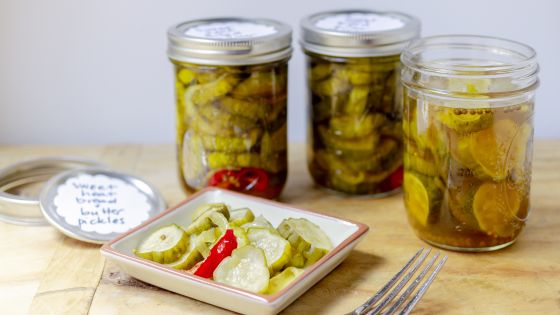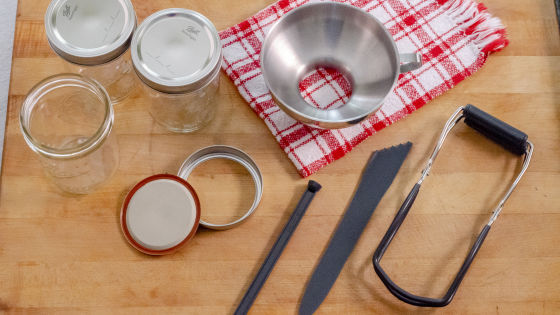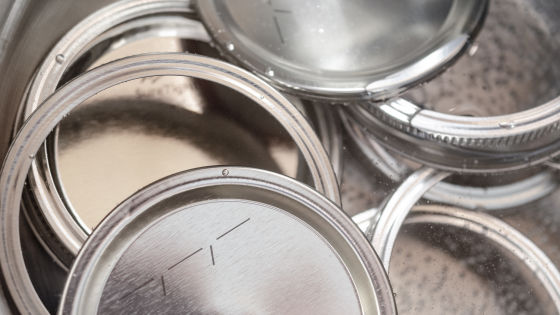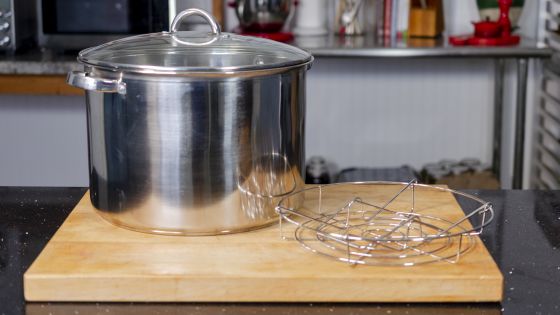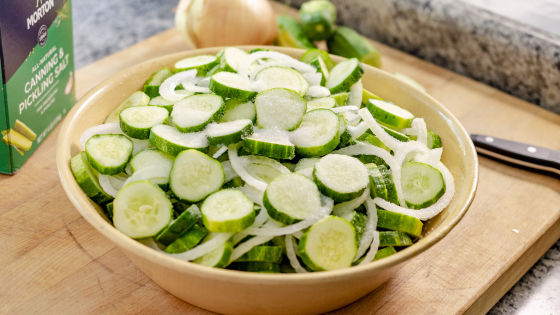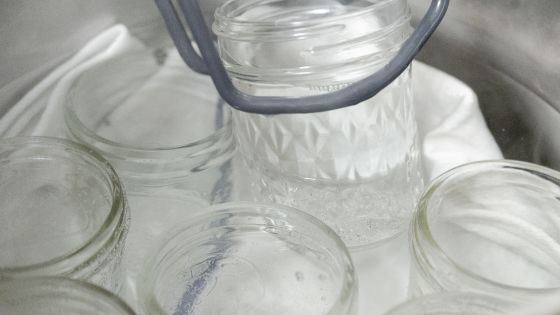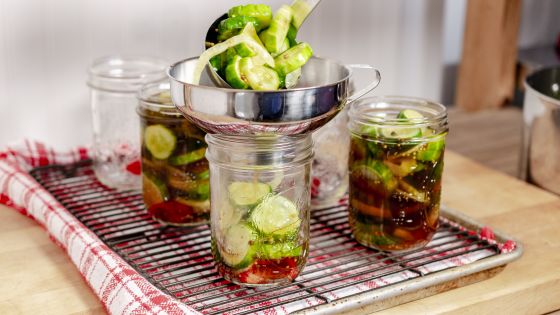9 Things You Need to Know Before Canning
Not sure where to start with canning? Our tips make it easy to start preserving and pickling all of your fresh produce so you can enjoy it all year. From finding the right tools to properly processing and sealing your jars, we've got you covered with everything you need to know.By Virginia Willis
